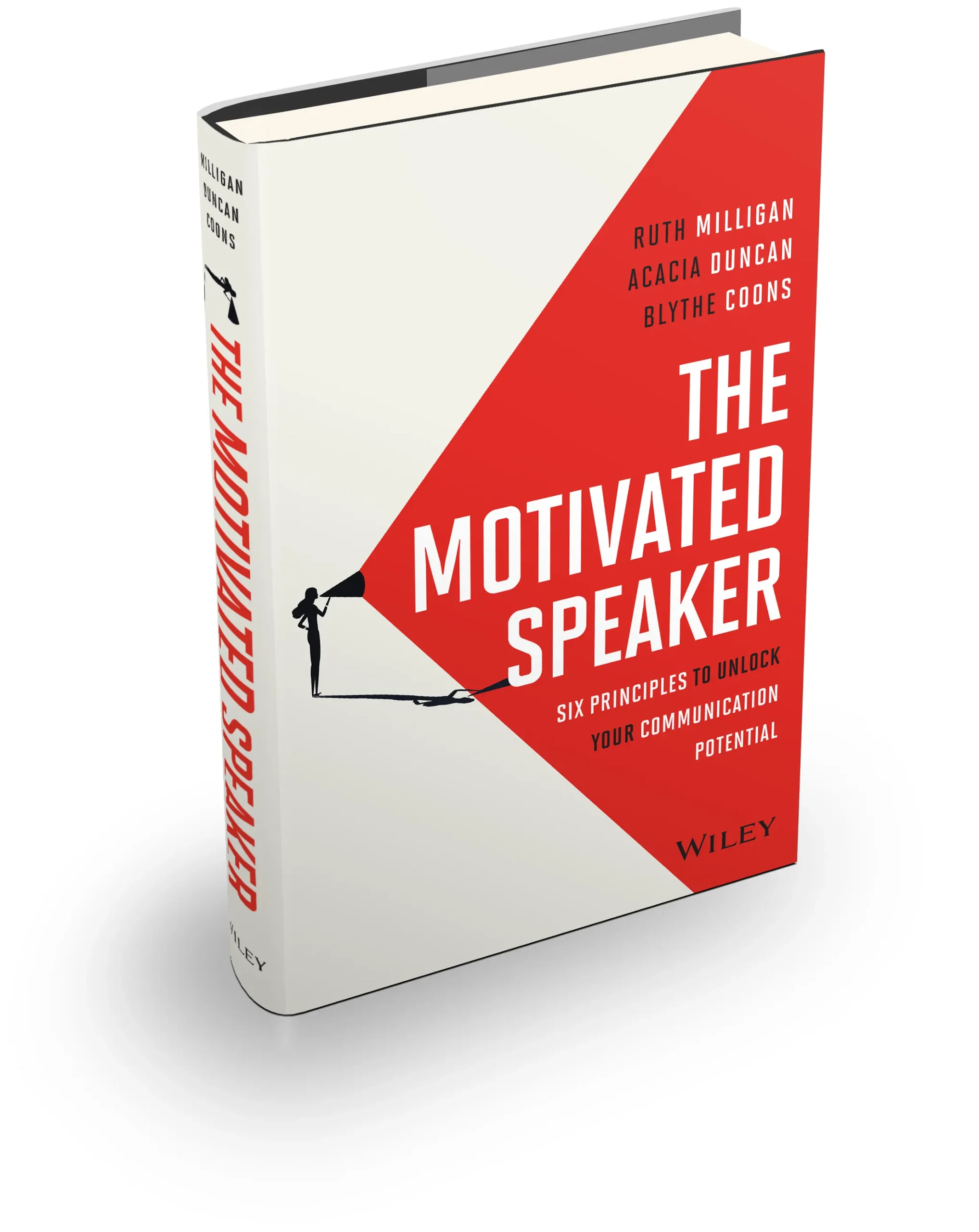If I asked you to hop into my car and I started driving, how long would it take until you were supremely uncomfortable with not knowing where we were headed? Are we headed around the corner? Driving to New York? Some people like an adventure. Me? I probably wouldn’t even get in the car to begin with. I’ve watched and felt that same sense of uneasiness and anxiety build in an audience while listening to a speaker.
Recently, I revisited a number of TED Talks to find examples of well-structured talks for clients. This meant that I also watched a lot of talks that felt like they were cruising around the countryside.
Destination unknown. And, it’s a shame.
These speakers worked hard, they had great visuals, they had interesting stories. But, there wasn’t a clear central idea with easily identifiable supports. The audience had to work hard to follow and, at the end of the day, that meant that the talk did not maximize its impact.
First Step: Discover the Destination
This past week, I worked with a series of clients who are prepping for TED-Style Talks. Some came with thoughts, some with stories, some even came with outlines. All came with the potential to engage an audience with a unique and exciting idea.
Wherever they were in the process, we started by pulling over to the side of the road, taking the key out of the ignition and thoughtfully plotting out the journey ahead. We began by discovering the destination. Once you land on a well-articulated governing idea, you can find endless creative routes to get there.
Where speakers fall down— where they let their audience down— is when they skip this critical first step. Not to discount an interesting opening hook or the drama of suspense, but even with these elements, your audience needs to understand that you are going somewhere.
Even better, give them a destination, road signs, and a map to follow along.


